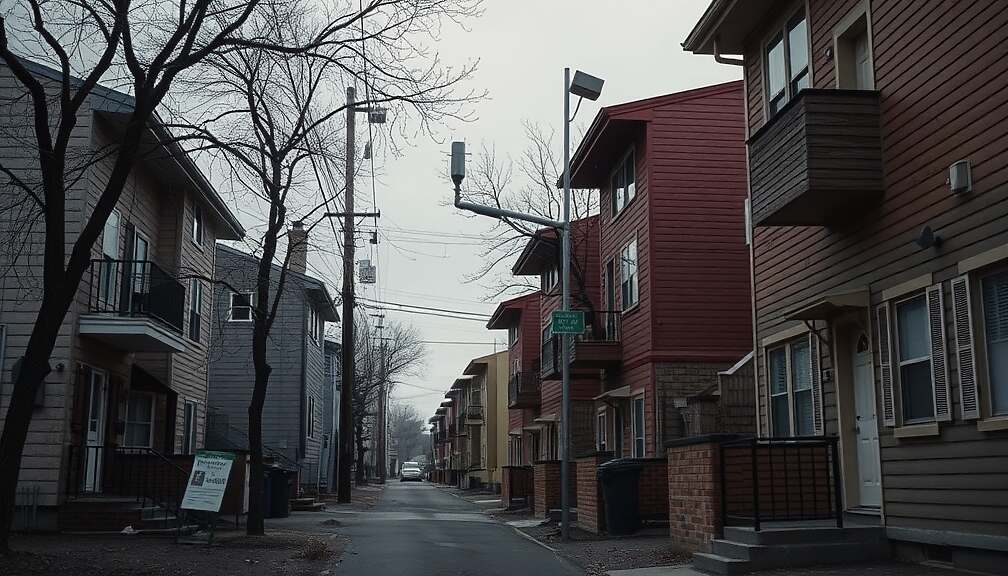A new study suggests that the planned removal of feed-in tariffs for small-scale solar installations in Germany could render building-scale and tenant electricity projects in smaller apartment buildings uneconomical. Conducted by economists Andreas Fischer and Ralph Henger from the Institute of the German Economy (IW Köln), the research, part of the broader Ariadne project by the Potsdam Institute for Climate Impact Research (PIK), indicates a potential impediment to the expansion of these initiatives.
The study highlights that without accompanying measures to simplify and incentivize building- and tenant-electricity models, eliminating feed-in tariffs could stifle growth before it gains significant momentum. Dynamic pricing structures for electricity tariffs and feed-in tariffs are proposed as a means to encourage consumption and grid integration.
The researchers modeled various scenarios, using an example of a 30 kWp photovoltaic system, requiring an investment of €62,500 including metering and battery storage and a typical electricity price of 40 cents per kilowatt-hour. Under current conditions, these projects could generate a return of 3.6% for tenant electricity and 1.4% for building-scale electricity over a 20-year lifespan. However, the removal of feed-in tariffs would drastically reduce these returns, leading to 0.4% for tenant electricity and a negative return of -2.4% for building-scale electricity.
The impact is expected to be particularly pronounced in smaller apartment buildings hosting smaller rooftop solar installations. The study found that a typical tenant electricity project currently yields a 3.6% return; without feed-in tariffs, that figure drops to just 0.4%, potentially deterring investment.
While tenant electricity models involve full supply obligations for the owner or landlord, building-scale models do not, presenting a potential disadvantage for tenants needing to purchase electricity from two different suppliers.
Despite this, building and tenant electricity models hold significant potential to advance Germany’s energy transition. The study estimates there are 3.1 million apartment buildings with 20.1 million housing units suitable for rooftop photovoltaics, potentially contributing 60.4 gigawatts of capacity – representing 28.1% of Germany’s 2030 energy expansion target. Currently, solar expansion has largely focused on single-family homes, leaving a substantial, untapped potential in multi-family dwellings.
The researchers attribute this underutilization to the complexities of building and tenant electricity projects compared to standard rooftop installations, along with significant costs associated with metering, billing and customer service. Furthermore, limited-term electricity contracts (two years) hinder investor planning.
The study acknowledges that while feed-in tariffs are important, they are not the sole determinant of project viability. Participation rates in tenant electricity models are crucial; a participation rate of 75% can currently yield a 3.6% return.
Tenant electricity models generally provide higher returns than building-scale models, due to the potential for profitable resale of grid electricity and tenant electricity surcharges. However, low participation rates can push profitability below acceptable levels. Other key factors include initial investment and installation costs, the inclusion of battery storage and overall building electricity consumption.
To facilitate expansion, the study recommends standardizing and digitizing network and metering processes, implementing opt-in policies for tenant electricity models and streamlining regulations to combine approaches for building and tenant electricity models.
The property owner association “Haus und Grund” has also expressed support for regulatory reforms to allow easier and more flexible utilization of locally generated renewable energy within rental properties.












